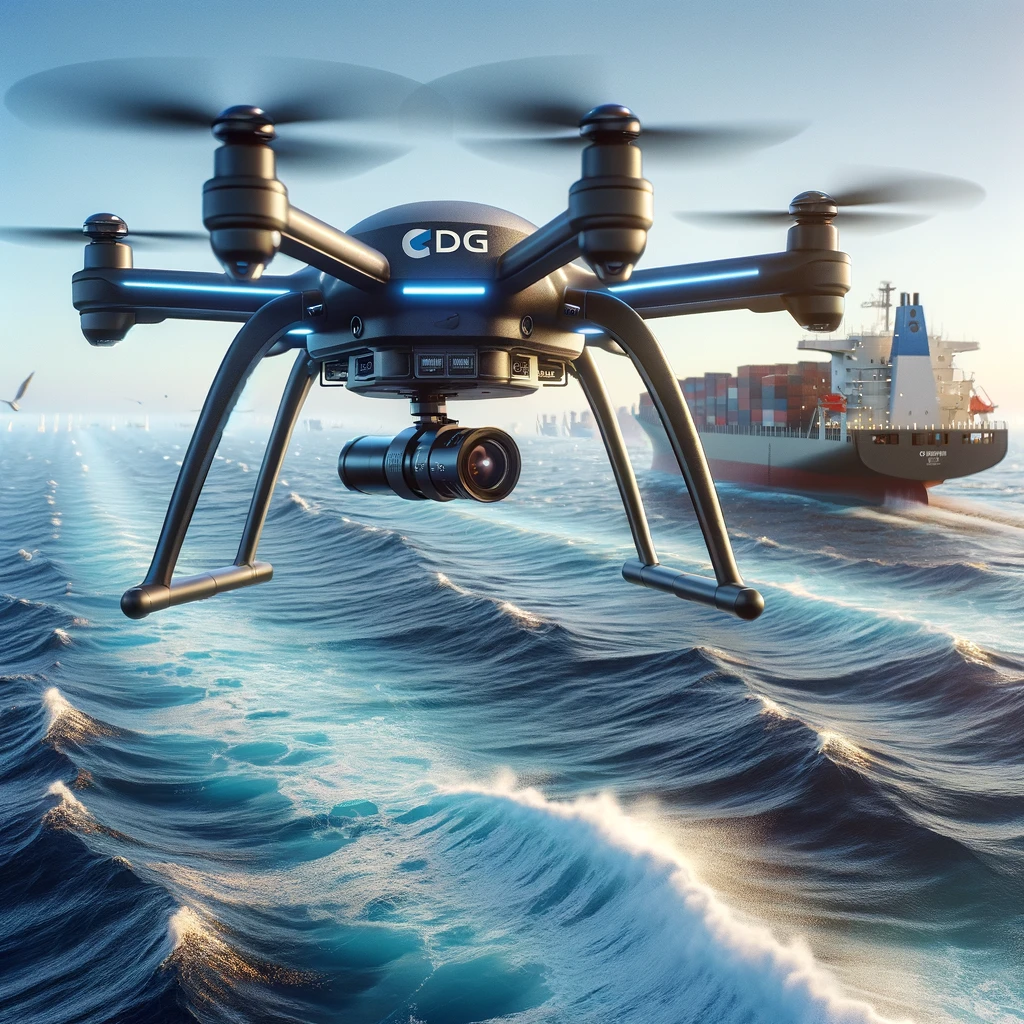Introduction
In the vast expanse of the aquatic world, understanding and maintaining underwater structures is a task of paramount importance. From offshore oil rigs to bridges, pipelines to dams, the integrity of these structures is critical for safety, environmental preservation, and operational efficiency. Traditionally, inspecting underwater structures has been a cumbersome, time-consuming, and often risky endeavor, requiring specialized equipment, divers, and substantial resources. However, with the advent of cutting-edge technology, a new era of inspection has emerged – one that is efficient, precise, and cost-effective. Welcome to the realm of Drone Underwater Structure Inspections, where innovation meets excellence.
Unveiling the Power of Drone Technology
At CDG, we pride ourselves on staying at the forefront of technological advancements, and our Drone Underwater Structure Inspections service exemplifies our commitment to excellence. Leveraging state-of-the-art drones equipped with advanced imaging and sensing capabilities, we provide unparalleled insights into the condition of underwater structures. But what sets our service apart? Let’s dive deeper.
- Precision and Accuracy:
Gone are the days of relying solely on human divers for underwater inspections. With drones, we can capture high-resolution images and videos of underwater structures with unmatched precision and accuracy. From detecting corrosion and cracks to assessing structural integrity, our drones leave no stone unturned, ensuring a comprehensive evaluation of the asset’s condition. - Safety First:
Safety is non-negotiable in any inspection endeavor, especially in underwater environments where hazards abound. By employing drones for inspections, we eliminate the need for human divers to enter potentially hazardous waters, thereby mitigating risks and ensuring the safety of personnel. Our drones are equipped with obstacle avoidance technology and redundant safety features, further enhancing operational safety. - Cost Efficiency:
Traditional underwater inspections can be exorbitantly expensive, requiring significant manpower, equipment, and logistical support. In contrast, Drone Underwater Structure Inspections offer a cost-effective alternative that minimizes operational expenses without compromising on quality. By streamlining the inspection process and maximizing efficiency, we deliver exceptional value to our clients, helping them optimize their asset management strategies.
Applications Across Industries
The versatility of Drone Underwater Structure Inspections knows no bounds, with applications spanning various industries:
Oil and Gas: From offshore platforms to subsea pipelines, our drone inspections provide invaluable insights for asset integrity management, corrosion monitoring, and environmental compliance.
Maritime: Ship hull inspections, dock assessments, and port infrastructure evaluations are just a few examples of how our drone technology enhances maritime operations, ensuring regulatory compliance and enhancing safety.
Civil Engineering: Bridges, dams, and underwater tunnels require regular inspections to detect defects and ensure structural stability. Our drone inspections offer a non-intrusive solution that minimizes disruptions and maximizes efficiency.
Conclusion:
Navigating Towards a Brighter Future
In an ever-evolving world where innovation drives progress, Drone Underwater Structure Inspections represent a paradigm shift in the field of asset management and inspection. At CDG, we are proud to lead the charge towards a safer, more efficient, and sustainable future, empowering our clients with the insights they need to make informed decisions and safeguard their assets.
Whether you’re in the oil and gas industry, maritime sector, or civil engineering realm, our Drone Underwater Structure Inspections service stands ready to exceed your expectations and elevate your operations to new heights. Contact us today to learn more about how we can transform the way you inspect underwater structures – because when it comes to efficiency, precision, and safety, the sky (or in this case, the ocean) is the limit.
